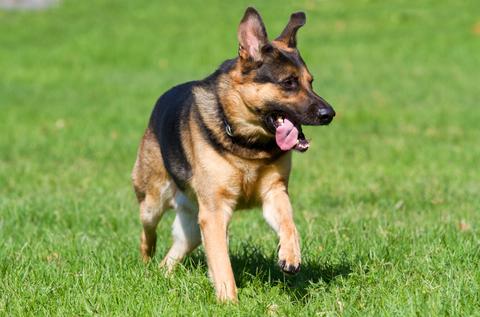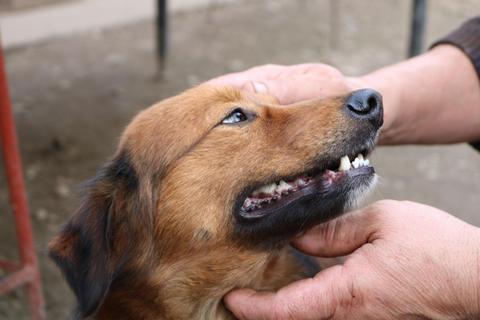You might not know it, but elbow dysplasia is one of the most common causes of elbow pain and lameness in large breed dogs. Elbow dysplasia is a medical condition that is caused by growth abnormalities in the cells, tissues and the bones of a dog. Over time, these developmental abnormalities will become worse and worse, leading to the degeneration and malformation of the dog’s elbow joints. This condition goes hand in hand with elbow pain and lameness in dogs. Some of the breeds that are most commonly affected by elbow dysplasia include, but are not limited to Golden Retrievers, Labrador Retrievers, Bernese Mountain Dogs, Bearded Collies, Chow Chows, German Shepherds, and Newfoundlands.

Key Information
The earliest age that signs of elbow dysplasia generally become recognized in dogs is between 4 and 10 months. A diagnosis is usually made by the time the dog is between 4 and 18 months of age. This condition is most commonly seen in dogs that grow rapidly. It is a condition that is not easy to understand or explain, but the primary causes of the disease are genetic, developmental and nutritional.
One of the best ways to describe what elbow dysplasia in dogs actually means is by putting it in layman’s terms. Elbow dysplasia is the development of arthritis in the dog’s elbow joint. Elbow dysplasia, however, is one of four specific developmental issues which include Ununited Anconeal Process, Fragmented Coronoid Process, Osteochondrosis Dissecans or Elbow Incongruency.
Symptoms
One of the most common indicators of elbow dysplasia in a dog is a limp. This is usually the first thing noticed by a pet owner or a veterinarian. You may notice that your dog even holds his or her leg out and away from the body when walking, in an effort to avoid putting weight on it. Many owners will start to notice signs of elbow dysplasia in their dog around 4 months of age, but some dogs won’t show symptoms until between 6 and 12 months. This is a lifelong condition, so it is important for you to always keep your dog as comfortable as possible. Other symptoms of this disease include a diminished range of motion, advanced degenerative joint disease, signs of pain when extending or flexing the elbow, the grating of bone and joint, lameness, and fluid buildup in joints.





